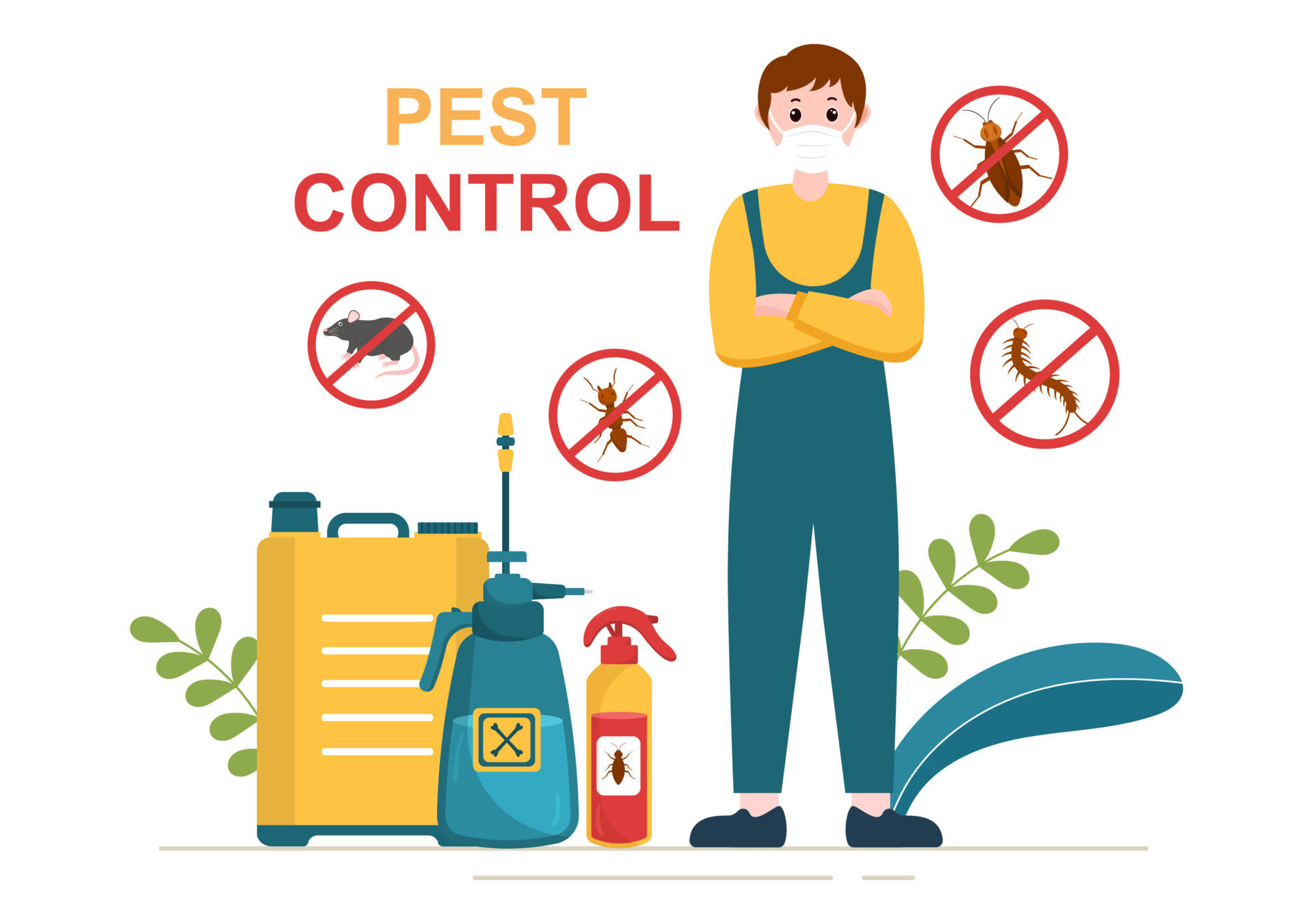Relied On Pest Control Near Me: Quick and Effective Solutions!
Relied On Pest Control Near Me: Quick and Effective Solutions!
Blog Article
Professional Insect Control Techniques for Long-Term Results
In the world of bug control, achieving continual efficiency and long-term outcomes calls for a meticulous strategy that transcends mere extermination. Expert bug control techniques envelop a thorough method that begins with an extensive evaluation and analysis, followed by exact parasite identification to recognize their habits patterns. The implementation of Integrated Parasite Monitoring (IPM) principles, paired with eco-conscious therapies, develops the foundation of lasting bug obliteration. Nonetheless, truth test exists in the ongoing tracking and maintenance of the treated locations, guaranteeing a pest-free atmosphere for the near future. By diving right into the ins and outs of these techniques, a deeper understanding of expert bug control approaches for enduring results emerges.
Examination and Assessment
Upon entering a residential or commercial property for parasite control solutions, the preliminary step is an extensive evaluation and assessment to determine the degree of the invasion and identify one of the most effective treatment strategy. Specialist parasite control technicians are educated to carefully analyze the properties, searching for indications of pest task such as droppings, chomp marks, nests, or any type of architectural damages. They will likewise evaluate the conditions that may be drawing in parasites, such as food resources, water leakages, or entry points.

Bug Identification and Behavior

Additionally, understanding the actions of the determined pest is key to applying efficient control procedures. Knowing where pests nest, what they feed on, and their activity patterns can help pest control professionals devise approaches to eliminate them efficiently.
Integrated Parasite Administration (IPM)
Integrated Pest Administration (IPM) methods incorporate several techniques to control and stop parasite problems in a sustainable and environmentally pleasant way. bed bug dog. By integrating techniques such as biological control, habitat adjustment, alteration of social methods, and making use of immune varieties, IPM aims to decrease using chemical pesticides
One of the vital principles of termite mitigation IPM is the focus on prevention. This aggressive technique involves monitoring bug populaces on a regular basis to discover any kind of possible issues prior to they intensify. By determining bug issues early on, pest control procedures can be carried out quickly and properly.
Furthermore, IPM promotes the use of non-toxic parasite control methods whenever feasible. This can consist of using natural killers of the pests, presenting advantageous insects, or using scents to interrupt mating patterns. By reducing dependence on chemical pesticides, IPM not only protects the environment yet also assists preserve an equilibrium in the ecological community.
Environmentally-Friendly Therapies
Executing eco-conscious techniques in parasite control treatments can successfully address problems while prioritizing ecological sustainability. Environmentally-friendly treatments concentrate on decreasing the impact of bug control approaches on communities, non-target organisms, and human wellness. These techniques frequently involve using all-natural killers, such as ladybugs or nematodes, to regulate pest populations, minimizing the requirement for chemical interventions. Furthermore, strategies like habitat adjustment, such as readjusting wetness degrees or getting rid of food sources, can help discourage insects without making use of harmful materials.
Another secret facet of environmentally-friendly therapies is making use of natural and naturally degradable products that break down quickly without leaving damaging deposits in the Click This Link atmosphere. Herb pesticides obtained from plants like chrysanthemums or neem provide efficient pest control while presenting minimal danger to non-target types. Utilizing methods like warm treatments or pheromone catches Read Full Article can target particular pests with accuracy, lowering the overall ecological effect of bug control practices.
Recurring Monitoring and Upkeep
Constant surveillance and upkeep are important components of effective insect control administration. Ongoing surveillance plays an important function in making certain that insect infestations are spotted very early and dealt with quickly. Routine assessments by qualified professionals are essential to determine any type of indications of bug task, analyze the efficiency of previous therapies, and make adjustments to the pest control strategy as needed. By monitoring bug populations in time, pest control professionals can track patterns, expect potential problems, and implement safety nets to decrease the risk of future problems.
Along with tracking, maintenance methods are important for long-term parasite control success. This consists of executing appropriate sanitation actions to eliminate prospective food and water resources for parasites, sealing access points to stop pests from entering the facilities, and resolving any structural problems that might promote pest problems (bed bug heat treatment). By integrating recurring monitoring and maintenance into an integrated bug management strategy, companies can guarantee a pest-free atmosphere and protect their residential or commercial property against expensive damage and wellness threats
Conclusion
In final thought, making use of professional parasite control methods such as detailed evaluation and assessment, precise bug recognition and understanding of their behavior, integrated insect management methods, environmentally-friendly therapies, and continuous monitoring and maintenance are essential for achieving long-lasting cause pest control. By executing these approaches, people can efficiently take care of bug infestations and maintain a pest-free setting in a sustainable fashion.
Report this page